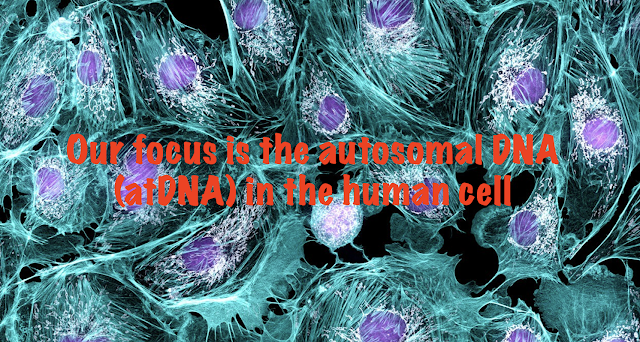Your DNA - Another "vital record"
- AncestryDNA has become the leading testing company since it entered the Australian market in 2015.
- Currently, over 80% of Australians test at AncestryDNA and 25% of these people test or transfer to other testing sites and GEDmatch.
- My HeritageDNA is the second most popular testing site.
- There's been more than a 700% increase in testers in the last five years.
- Autosomal DNA tests are taken by over 99% of testers.
- More tools have become available to help analyse our DNA results.
- break down brick walls,
- solve previously unsolvable mysteries and
- verify your paper trail.
You can read about the DNA testing strategy for Australians HERE. By testing and transferring, you are "fishing" for DNA matches "in all the ponds". Any of these DNA matches could be the key to solving your DNA dilemma.
When we are working with a group of three or more matches to help us solve a DNA dilemma, we use our traditional family history research to find the MRCA for the group. We refer to this concept as tree triangulation. To prove a relationship "beyond reasonable doubt", we generally look for tree triangulation between, at least, three second or third cousins from different descendant lines. This is demonstrated in my presentations.
My match with Margaret was my first evidence that my great-grandmother, Agnes Cahill, was the child of James Cahill and Eliza Dunn. With tree triangulation between myself, Marg and Emma, I proved that Agnes was the child of James and Eliza "beyond reasonable doubt". While I haven't been able to find a birth registration or baptismal record for Agnes, she's named on Eliza's 1890 death certificate and James and Eliza are named as her parents on her 1901 marriage certificate. Also, I don't share any other ancestral lines with Marg or Emma within the timeframe of my traditional research.
Now for a few tips!
- No contact from matches, doesn't mean no action. I use all the clues my "DNA cousins" leave me to find our link.
- I also share stories in blogs, social media and public trees to record my findings and encourage engagement.
- Remember to record information as it can disappear - your DNA match and/or their trees can be deleted or privatised.
- Know your tree and know your matches as this is the key to breaking down brick walls. Grow your tree so that is broad and deep by including the siblings of your grandparents, great-grandparents etc and then research these down to the current generation.
- Collaboration with your DNA cousins and others researching your families is another key to success.
- "Target" test cousins near and far to help your solve your DNA dilemmas.
- Ask your DNA matches if they will share their AncestryDNA test results with you as a "collaborator". This allows you to "look through a different lens" as they may have matches that you don't because of the random way DNA is passes from parents to children.
My presentation show ...
- We should all take a DNA test.
- We should think about asking relatives near and far to take a DNA test, particularly those in earlier generations.
- We should test at AncestryDNA even if we've tested elsewhere.
- We should invest time and effort to develop our DNA research skills.
Why?
- Vital records can be inaccurate, incorrectly identified or missing.
- DNA doesn't lie.
- DNA can be misinterpreted.








